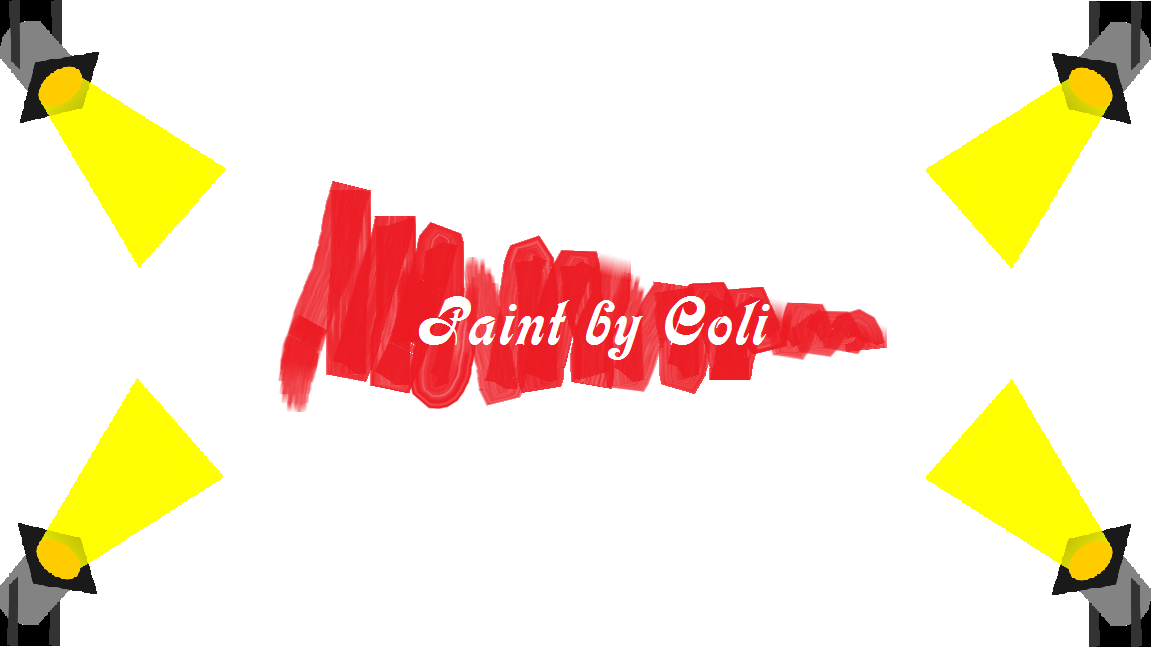Team:Exeter
From 2013.igem.org
| Line 1: | Line 1: | ||
| + | [[File:Exeter_logo.png|200px|left]] | ||
<!--- Navigation box ---> | <!--- Navigation box ---> | ||
{| style="color:#2F2F4F;background-color:#B9D3EE;" cellpadding="3" cellspacing="1" align="center" | {| style="color:#2F2F4F;background-color:#B9D3EE;" cellpadding="3" cellspacing="1" align="center" | ||
!align="center"|[[Team:Exeter|Home]] | !align="center"|[[Team:Exeter|Home]] | ||
!align="center"|[[Team:Exeter/Team|Team]] | !align="center"|[[Team:Exeter/Team|Team]] | ||
| - | !align="center"|[ | + | !align="center"|[[Team:Exeter/Theory|Theory]] |
| - | !align="center"|[[Team:Exeter/ | + | !align="center"|[[Team:Exeter/Parts|Parts]] |
| - | !align="center"|[[Team:Exeter/ | + | !align="center"|[[Team:Exeter/Results|Results]] |
| + | !align="center"|[[Team:Exeter/Discussion|Discussion]] | ||
!align="center"|[[Team:Exeter/Modelling|Modelling]] | !align="center"|[[Team:Exeter/Modelling|Modelling]] | ||
!align="center"|[[Team:Exeter/Notebook|Notebook]] | !align="center"|[[Team:Exeter/Notebook|Notebook]] | ||
| + | !align="center"|[[Team:Exeter/Outreach|Outreach]] | ||
!align="center"|[[Team:Exeter/Safety|Safety]] | !align="center"|[[Team:Exeter/Safety|Safety]] | ||
| - | |||
|} | |} | ||
| + | [[File:Paint_by_Coli.png|500px]] | ||
| - | + | Synthetic biology has lead to microorganisms being pushed into an unprecedented range of novel functions. Many bacterial systems currently rely on external stimuli to induce transcription. One dimensional protocols often require constant monitoring of applied chemical concentrations, leading to them becoming inept for more complex systems. A triplet of NOT gated photoreceptors in Escherichia coli, will be used to create a system which is finely controlled using only light. This will be showcased using magenta, cyan and yellow pigments as outputs. Varying the intensity and wavelength of light projected onto E. coli will control the shade and colour produced, respectively. Hence, this will show the versatility of the optical control by creating a full colour bio-camera. Additionally, using bacteria to produce an image vastly increases the resolution when compared to conventional cameras, due to the micrometre scale of bacteria. | |
| - | + | ||
Our wiki is currently in development, if you have any questions for our team, please email igem@ex.ac.uk | Our wiki is currently in development, if you have any questions for our team, please email igem@ex.ac.uk | ||
Revision as of 22:01, 2 September 2013
| Home | Team | Theory | Parts | Results | Discussion | Modelling | Notebook | Outreach | Safety |
|---|
Synthetic biology has lead to microorganisms being pushed into an unprecedented range of novel functions. Many bacterial systems currently rely on external stimuli to induce transcription. One dimensional protocols often require constant monitoring of applied chemical concentrations, leading to them becoming inept for more complex systems. A triplet of NOT gated photoreceptors in Escherichia coli, will be used to create a system which is finely controlled using only light. This will be showcased using magenta, cyan and yellow pigments as outputs. Varying the intensity and wavelength of light projected onto E. coli will control the shade and colour produced, respectively. Hence, this will show the versatility of the optical control by creating a full colour bio-camera. Additionally, using bacteria to produce an image vastly increases the resolution when compared to conventional cameras, due to the micrometre scale of bacteria.
Our wiki is currently in development, if you have any questions for our team, please email igem@ex.ac.uk
 "
"

